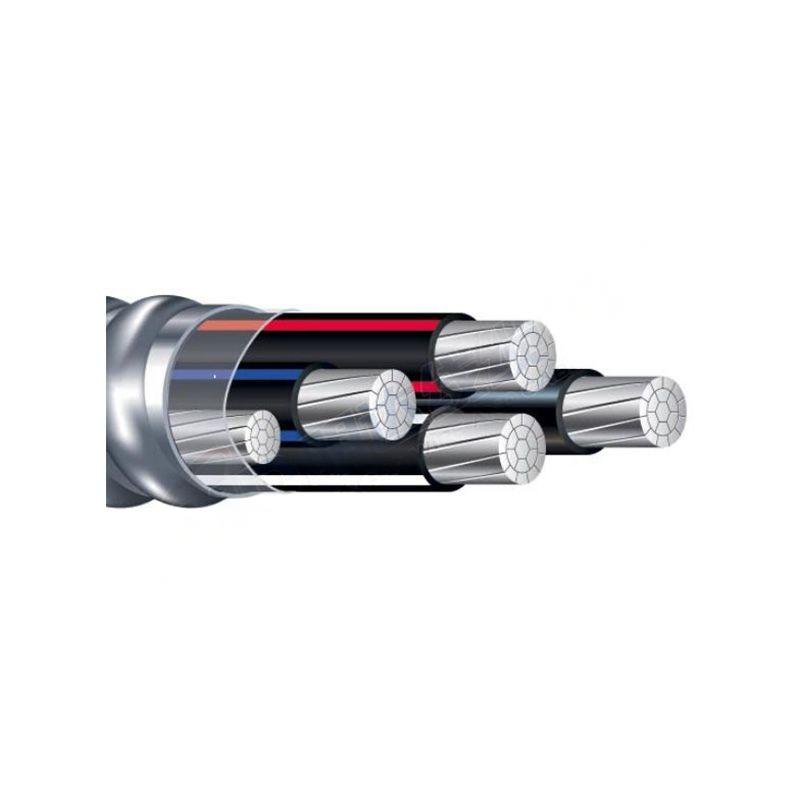Nov . 30, 2024 05:57 Back to list
ball valve flange type
Understanding Ball Valve Flange Types A Comprehensive Overview
When it comes to fluid control in industrial applications, ball valves are among the most commonly used components. Their reliability, ease of operation, and ability to handle high pressures and temperatures make them essential in various settings, from oil and gas to chemical processing. One of the critical factors in selecting a ball valve is the type of flange it uses. In this article, we’ll explore the different flange types associated with ball valves and their significance in ensuring a secure and efficient piping system.
What is a Ball Valve?
A ball valve is a quarter-turn valve that uses a hollow, perforated, and pivoting ball to control the flow of fluid. When the valve is open, the hole in the ball is aligned with the flow of the medium; when it is closed, the ball blocks the flow. Ball valves are known for their durability and ability to provide a tight seal, making them suitable for a wide range of applications.
Importance of Flange Types
Flanges are essential components in a piping system, used to join pipes, valves, pumps, and other equipment. The selection of flange types for ball valves is crucial for ensuring leak-free connections, maintaining pressure, and enabling easy installation or removal of valves for maintenance purposes. Various standards and specifications govern flange types, and understanding these can significantly impact the performance of a fluid control system.
Common Flange Types for Ball Valves
1. RF (Raised Face) Flanges - Raised face flanges are the most common type used in piping systems. The raised area around the flange face creates a smaller contact area that allows for better sealing with gasket materials. This type is suitable for low- to medium-pressure systems and is available in various sizes and materials.
2. FF (Flat Face) Flanges - Flat face flanges are characterized by a flat surface that allows for direct contact with the opposing flange. This type is commonly used in applications involving pumps or where piping may be subjected to thermal cycling. Flat face flanges generally require a thicker gasket to ensure a proper seal, particularly in high-pressure applications.
ball valve flange type

3. WN (Weld Neck) Flanges - Weld neck flanges are attached to the pipe using a full penetration weld, which provides high strength and minimizes stress concentration at the joint. They are ideal for high-pressure applications and are often used in critical environments such as power plants and petrochemical industries.
4. SW (Socket Weld) Flanges - Socket weld flanges are designed for use with matching pipes and enable a smooth flow transition. They are typically used in smaller pipe sizes (up to 4 inches) where space is limited. Socket welding offers a robust connection and is often used in high-pressure applications.
5. Threaded Flanges - Threaded flanges are used where welding is not an option, allowing for easy installation and disassembly. This type is best suited for low-pressure systems and can be threaded directly into the pipe, making them ideal for temporary connections or systems where frequent maintenance is required.
Choosing the Right Flange Type
Selecting the appropriate flange type for your ball valve depends on several factors, including
- Application Requirements Consider the pressure, temperature, and type of fluid that will pass through the valve. - Material Compatibility Ensure that the flange material is compatible with the fluid to prevent corrosion or degradation. - Ease of Maintenance Evaluate how frequently the system will require maintenance and whether the flange type will facilitate quick disassembly.
Conclusion
The choice of flange type for ball valves plays a significant role in the performance and reliability of fluid control systems. By understanding the different types of flanges available and their specific applications, engineers and system designers can make informed decisions that enhance the safety and efficiency of their piping systems. Investing time in selecting the right flange type ensures longevity, reduces downtime, and ultimately leads to a more successful industrial operation. As industries continue to evolve, the importance of choosing the right components, like ball valve flanges, remains a cornerstone of effective fluid management.
Share
-
Reliable Wafer Type Butterfly Valves for Every IndustryNewsJul.25,2025
-
Reliable Flow Control Begins with the Right Ball Check ValveNewsJul.25,2025
-
Precision Flow Control Starts with Quality ValvesNewsJul.25,2025
-
Industrial Flow Control ReliabilityNewsJul.25,2025
-
Engineered for Efficiency Gate Valves That Power Industrial PerformanceNewsJul.25,2025
-
Empowering Infrastructure Through Quality ManufacturingNewsJul.25,2025


